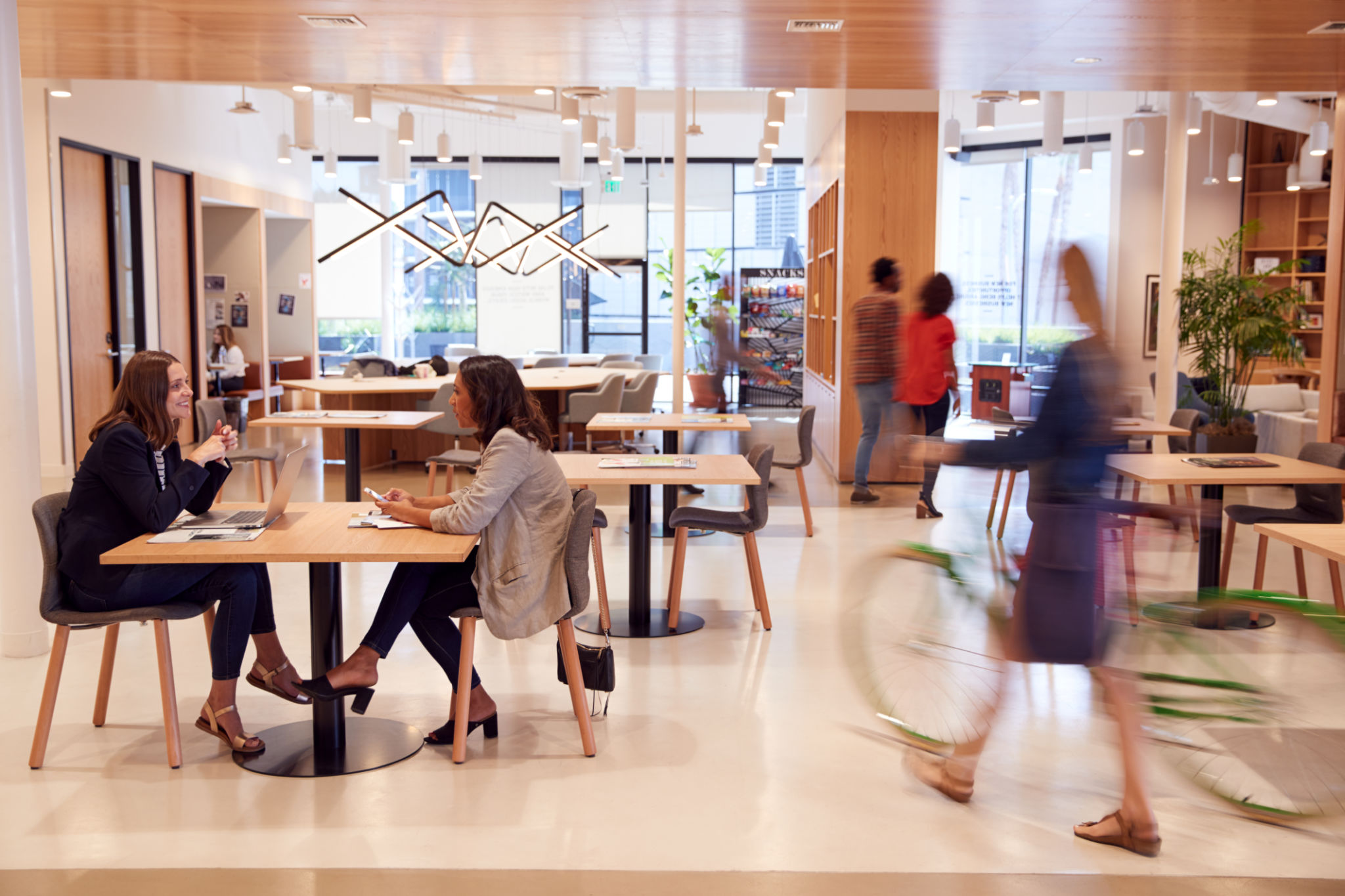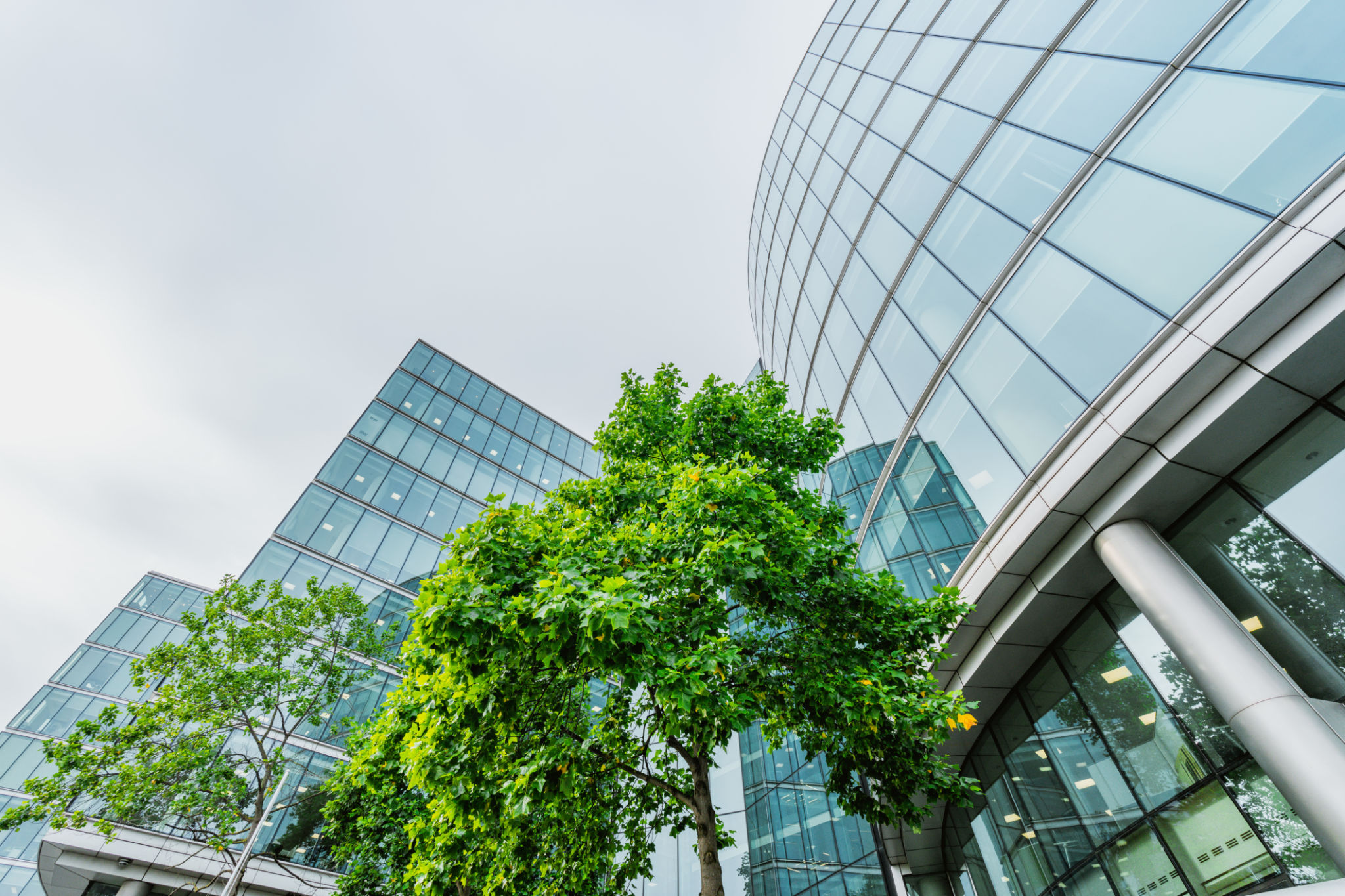Exploring the Future of Work: What It Means for Commercial Real Estate
Understanding the Shifts in Work Dynamics
As we delve into the future of work, it's essential to recognize how technological advancements and changing workforce expectations are reshaping the landscape. The traditional office setup is evolving, with more companies adopting flexible work models. This shift not only impacts employees but also significantly influences the commercial real estate sector.
Remote work and hybrid models are becoming mainstream, prompting businesses to rethink their need for large office spaces. This trend suggests a potential decrease in demand for traditional office spaces, urging real estate developers and investors to explore innovative solutions that cater to modern work requirements.

The Rise of Flexible Workspaces
With the growing popularity of remote work, flexible workspaces like coworking spaces and hot desks are gaining traction. These spaces offer businesses the agility to scale up or down without the commitment of long-term leases. This trend is particularly appealing to startups and small businesses that prioritize flexibility and cost-efficiency.
Moreover, flexible workspaces foster a collaborative environment that encourages networking and innovation. They provide an attractive option for companies looking to attract top talent by offering a dynamic and engaging work environment.
Implications for Commercial Real Estate
The shift towards flexible workspaces presents both challenges and opportunities for commercial real estate developers. On one hand, there is a reduced demand for large, traditional office spaces. On the other hand, there is a growing market for adaptive and multifunctional spaces that can accommodate diverse business needs.

Embracing Smart Building Technologies
As the future of work continues to evolve, the integration of smart building technologies becomes increasingly important. These technologies enhance building efficiency, improve tenant experience, and reduce operational costs. Features like automated lighting, climate control, and advanced security systems are becoming standard expectations.
For commercial real estate developers, investing in smart technologies can increase property value and attract tech-savvy tenants. Furthermore, these innovations can help achieve sustainability goals by reducing energy consumption and minimizing environmental impact.
Sustainability as a Priority
Sustainability is no longer a mere buzzword in the commercial real estate sector; it is a fundamental aspect of future developments. As businesses strive to meet corporate social responsibility goals, they seek properties that align with their sustainability objectives.

This shift encourages developers to incorporate eco-friendly materials, renewable energy sources, and efficient waste management systems into their projects. By doing so, they can meet the growing demand for sustainable buildings and contribute positively to environmental conservation efforts.
Adapting to New Workforce Expectations
The future of work is not only about technology and space but also about meeting the evolving expectations of the workforce. Employees today value work-life balance, wellness, and a sense of community. This shift necessitates a reevaluation of how commercial spaces are designed and utilized.
Developers are now focusing on creating environments that promote employee well-being, such as access to green spaces, wellness facilities, and communal areas that foster interaction and collaboration. By prioritizing these aspects, businesses can enhance employee satisfaction and productivity.
